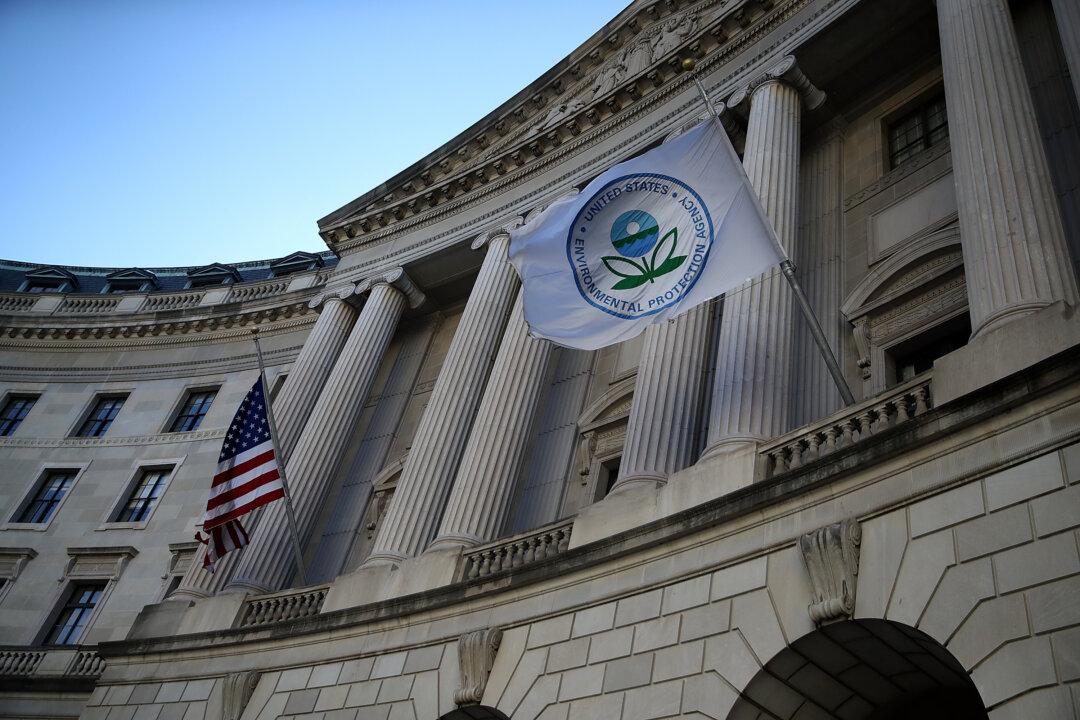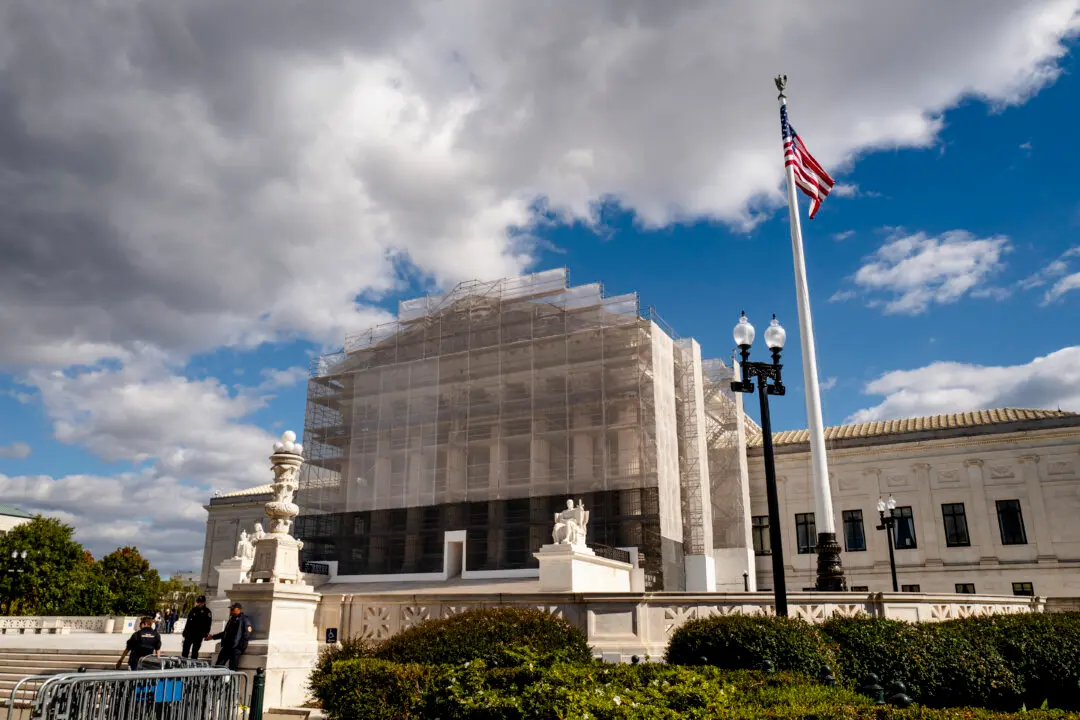Commentary
The Supreme Court’s ruling in Sackett v. Environmental Protection Agency (EPA) (pdf) follows a pattern common since the court’s Obamacare decisions: The justices trimmed back a government agency’s overreach, but they failed to address the constitutionality of the statute that facilitated the overreach.





